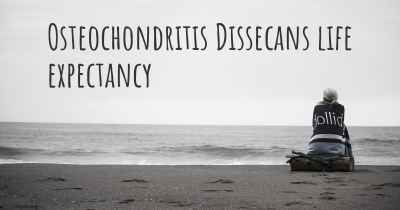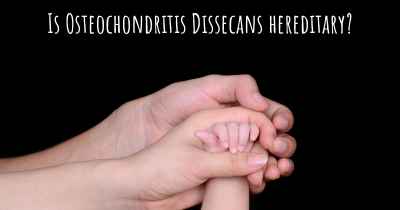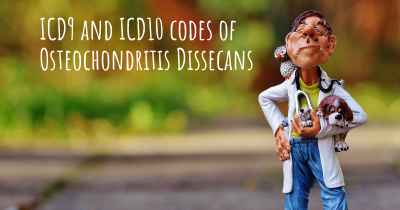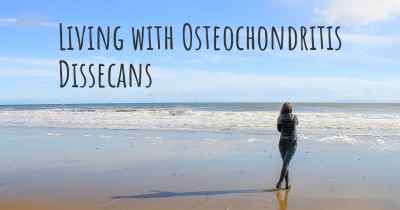How is Osteochondritis Dissecans diagnosed?
See how Osteochondritis Dissecans is diagnosed. Which specialists are essential to meet, what tests are needed and other useful information for the diagnosis of Osteochondritis Dissecans
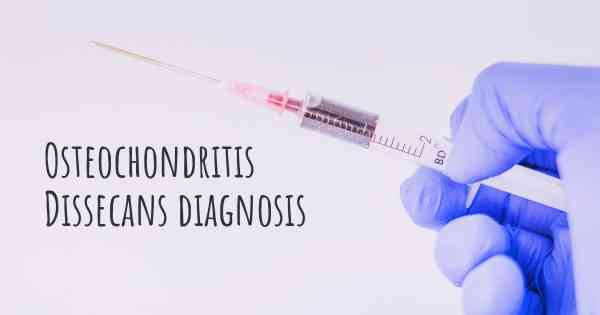
Diagnosis of Osteochondritis Dissecans
Osteochondritis Dissecans (OCD) is a condition that affects the joints, particularly the knee, ankle, and elbow. It occurs when a small piece of bone and cartilage separates from the joint surface, leading to pain, swelling, and limited joint movement. Diagnosing OCD involves a combination of medical history assessment, physical examination, imaging tests, and sometimes, additional procedures.
Medical History Assessment
During the initial consultation, the healthcare provider will ask about the patient's symptoms, including the location, duration, and severity of pain, as well as any previous injuries or activities that may have contributed to the condition. They will also inquire about the patient's medical history, including any underlying conditions or family history of joint problems.
Physical Examination
The next step in diagnosing OCD is a thorough physical examination. The healthcare provider will examine the affected joint, looking for signs of swelling, tenderness, and limited range of motion. They may also perform specific maneuvers to assess joint stability and evaluate the overall function of the joint.
Imaging Tests
Imaging tests play a crucial role in confirming the diagnosis of OCD. The most commonly used imaging techniques include:
- X-rays: X-rays provide a detailed view of the bones and can help identify any loose bone fragments or changes in the joint surface. However, in the early stages of OCD, X-rays may appear normal.
- Magnetic Resonance Imaging (MRI): MRI uses powerful magnets and radio waves to create detailed images of the soft tissues, including cartilage and ligaments. It can detect early signs of OCD, such as small bone fragments or areas of damaged cartilage.
- Computed Tomography (CT) Scan: CT scans provide cross-sectional images of the joint, allowing for a more detailed assessment of the bone and cartilage. This imaging technique is particularly useful in cases where the diagnosis is uncertain or when surgical intervention is being considered.
Additional Procedures
In some cases, additional procedures may be necessary to confirm the diagnosis or gather more information about the extent of the condition. These procedures may include:
- Arthroscopy: Arthroscopy is a minimally invasive procedure that involves inserting a small camera into the joint through a small incision. This allows the healthcare provider to directly visualize the joint surfaces, assess the extent of the damage, and potentially treat the condition during the same procedure.
- Bone Scan: A bone scan involves injecting a small amount of radioactive material into the bloodstream. This material collects in areas of increased bone activity, such as those affected by OCD. A special camera then detects the radioactive material and creates images that can help identify areas of bone damage.
Conclusion
Diagnosing Osteochondritis Dissecans involves a comprehensive approach that includes medical history assessment, physical examination, and various imaging tests. X-rays, MRI, and CT scans are commonly used to visualize the affected joint and identify any bone or cartilage abnormalities. In some cases, additional procedures like arthroscopy or bone scans may be necessary to gather more information or confirm the diagnosis. It is important to consult with a healthcare professional for an accurate diagnosis and appropriate treatment plan.
